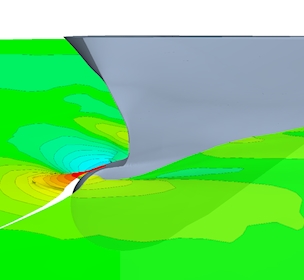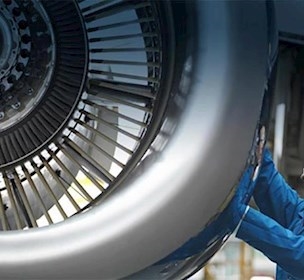Trim optimisation - an efficient tool for minimising energy consumption
In the past, the hull form has been focused on one design point only; specified loading condition (typically full load), corresponding draught of the vessel (typically even keel), and specified design speed.
Recently a new trend in hull form design gained popularity, the so called parametric hull form optimisation, where the design objectives extend from the single design point to an operational matrix, consisting of variety of displacements (draughts) and speeds of the vessel with given probability of occurrence.
In both these design approaches the optimisation is regarding a pre-defined water-line (WL)/draught condition, associated with the corresponding displacement of the vessel.
Significant effect on the propulsive power
The trim effect, however, varies from ship to ship and needs to be verified either by means of Computational Fluid Dynamics (CFD), simulations or complete physical (resistance and propulsion) model testing. The latter approach is generally recommended as it provides a more accurate consideration of the variable parameters effecting the optimum trim.
In the towing tank we can govern the trim effect on the vessel’s propulsive performance by investigating and defining the major physical factors. Generally, the power gain has been claimed to be a result of changed flow around the bulbous bow. This is correct, but changes in other important parameters due to the trim need to be considered as well (assuming constant displacement).
The underwater hull form is characterised by a specific 3-D hull surface geometry, which varies not only with mean draught (WL) but also with trim variation.
Parameters varying with trim
According to basic naval architecture terms the following parameters vary with trim:
- Wetted surface area; due to non-symmetric fore/aft hull surface
- Water line length (LWL); due to the specific stem/bulb and stern aperture profiles
- Form factor; due to variation in the displacement longitudinal distribution (more correctly the center of buoyancy moves fore or aft depending on the trim direction)
- Residual resistance coefficient; due to variation of all three parameters above, affecting mainly the wave-making resistance component
- Thrust deduction; due to the combined effect of changed hull resistance and associated propeller thrust loading
- Effective wake fraction; due to the propeller inflow variation with trim (associated with above wetted surface and LWL variation)
- Propeller efficiency; due to propeller loading variation
- Relative rotative efficiency; due to the hull wake-flow and propeller loading variation
From our model test results we can conclude that the major effect resulting in changed propulsive power when a vessel is trimmed, is the residual resistance coefficient for reasons presented above. However, the trim effect on the propulsive factors is also significant (contributing to about 20% of the total savings) and therefore cannot be disregarded. That is why, the experimental trim effect investigation (based on complete set of resistance and propulsion trim tests) consists of a test matrix of typically five even keel conditions, five trimmed conditions (both fore and aft) and five to six vessel speeds.
The results from the tests are generally presented as relative power saving/penalty to the even keel condition where percentages are listed in tables/figures. Power savings are denoted with a negative sign.
Our test results show possible fuel savings of up to 15% at specific optimum trim conditions compared to the reference even keel condition (constant displacement). In overall fleet operations, the typical savings can be as high as 2 to 3%. The trim effect on propulsive power is most significant for container vessels and LNG carriers, where the submergence of the bulbous bow plays a major part in the power gain.
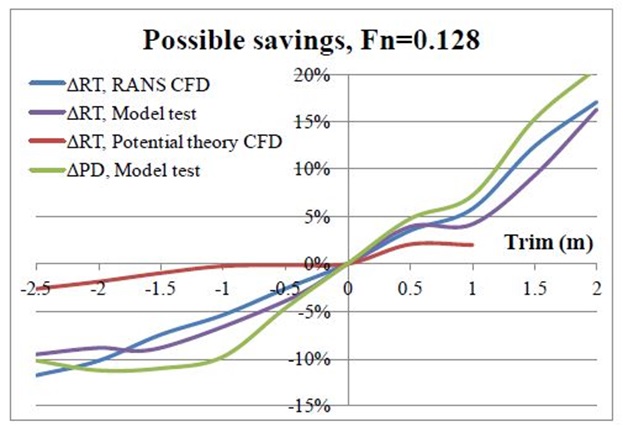
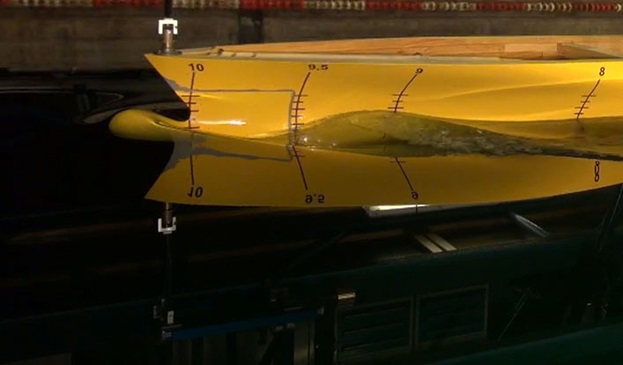
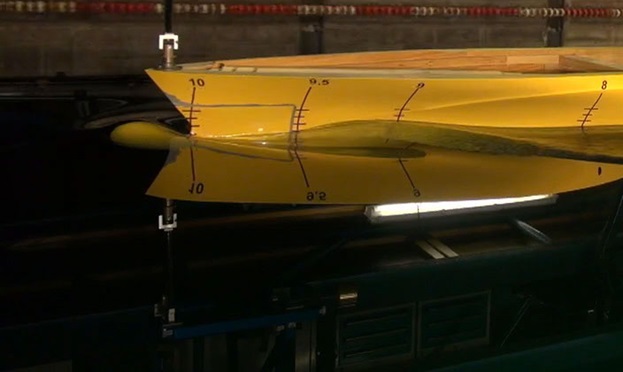
trim (bow down) and Fn = 0.128



